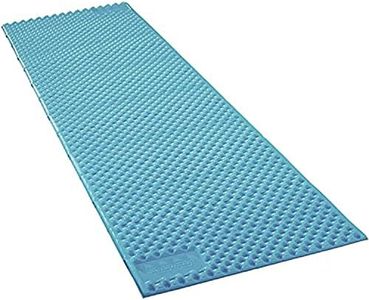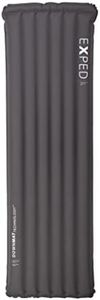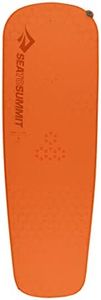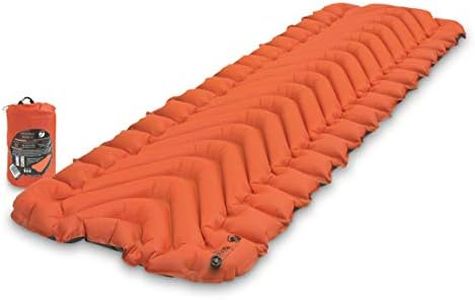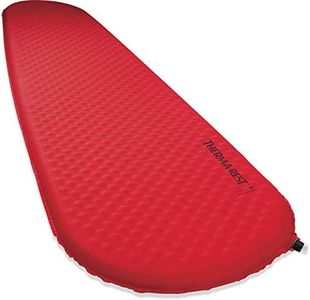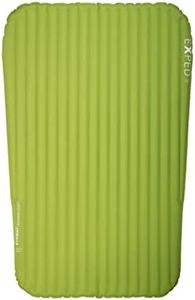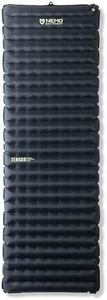We Use CookiesWe use cookies to enhance the security, performance,
functionality and for analytical and promotional activities. By continuing to browse this site you
are agreeing to our privacy policy
10 Best Backpacking Sleeping Pads
From leading brands and best sellers available on the web.Recommended lists
Buying Guide for the Best Backpacking Sleeping Pads
Choosing the right backpacking sleeping pad is crucial for ensuring a comfortable and restful night's sleep while you're out in the wilderness. A good sleeping pad provides insulation from the cold ground, cushioning for comfort, and can significantly impact your overall backpacking experience. When selecting a sleeping pad, consider factors such as weight, insulation, comfort, and durability to find the best fit for your needs.WeightWeight is a critical factor for backpackers since you'll be carrying the sleeping pad along with all your other gear. Sleeping pads can range from ultralight models weighing less than a pound to more robust options that weigh several pounds. If you're planning long hikes or have a lot of gear, a lighter pad will be more convenient. However, if comfort is your priority and you're not traveling far, a heavier pad might offer more cushioning and support.
R-ValueR-Value measures the sleeping pad's insulation ability, indicating how well it can keep you warm by preventing heat loss to the ground. Pads with higher R-Values provide better insulation, making them suitable for colder conditions. For summer backpacking, an R-Value of 1-3 is usually sufficient. For spring and fall, look for an R-Value of 3-5. For winter or extreme cold, an R-Value of 5 or higher is recommended. Choose based on the expected temperatures during your trips.
ThicknessThickness refers to the depth of the sleeping pad when inflated or laid out. Thicker pads generally offer more comfort and cushioning, which can be beneficial if you're a side sleeper or have joint issues. Thickness can range from less than an inch to several inches. If you prioritize comfort and don't mind carrying a bit more weight, opt for a thicker pad. For ultralight backpacking, a thinner pad might be preferable despite offering less cushioning.
TypeSleeping pads come in different types, including air pads, self-inflating pads, and closed-cell foam pads. Air pads are lightweight and packable but require inflation. Self-inflating pads offer a balance of comfort and convenience, as they partially inflate on their own. Closed-cell foam pads are durable and inexpensive but bulkier and less comfortable. Choose an air pad for ultralight backpacking, a self-inflating pad for balanced comfort and convenience, or a foam pad for durability and budget-friendliness.
DurabilityDurability is important to ensure your sleeping pad withstands the rigors of backpacking. Materials and construction quality can vary, with some pads featuring reinforced fabrics and robust designs to resist punctures and wear. If you're backpacking in rough terrain or expect heavy use, look for a pad with higher durability. For casual or infrequent trips, a less durable but lighter pad might suffice. Consider how often and where you'll be using the pad to determine the necessary level of durability.
PackabilityPackability refers to how easily the sleeping pad can be packed down and carried in your backpack. Some pads compress into small, lightweight packages, while others may be bulkier. If space in your backpack is limited or you prefer a streamlined setup, look for a pad that packs down small. For those who prioritize comfort over packability, a larger pad might be acceptable. Assess your backpack size and packing preferences to choose the right level of packability.

